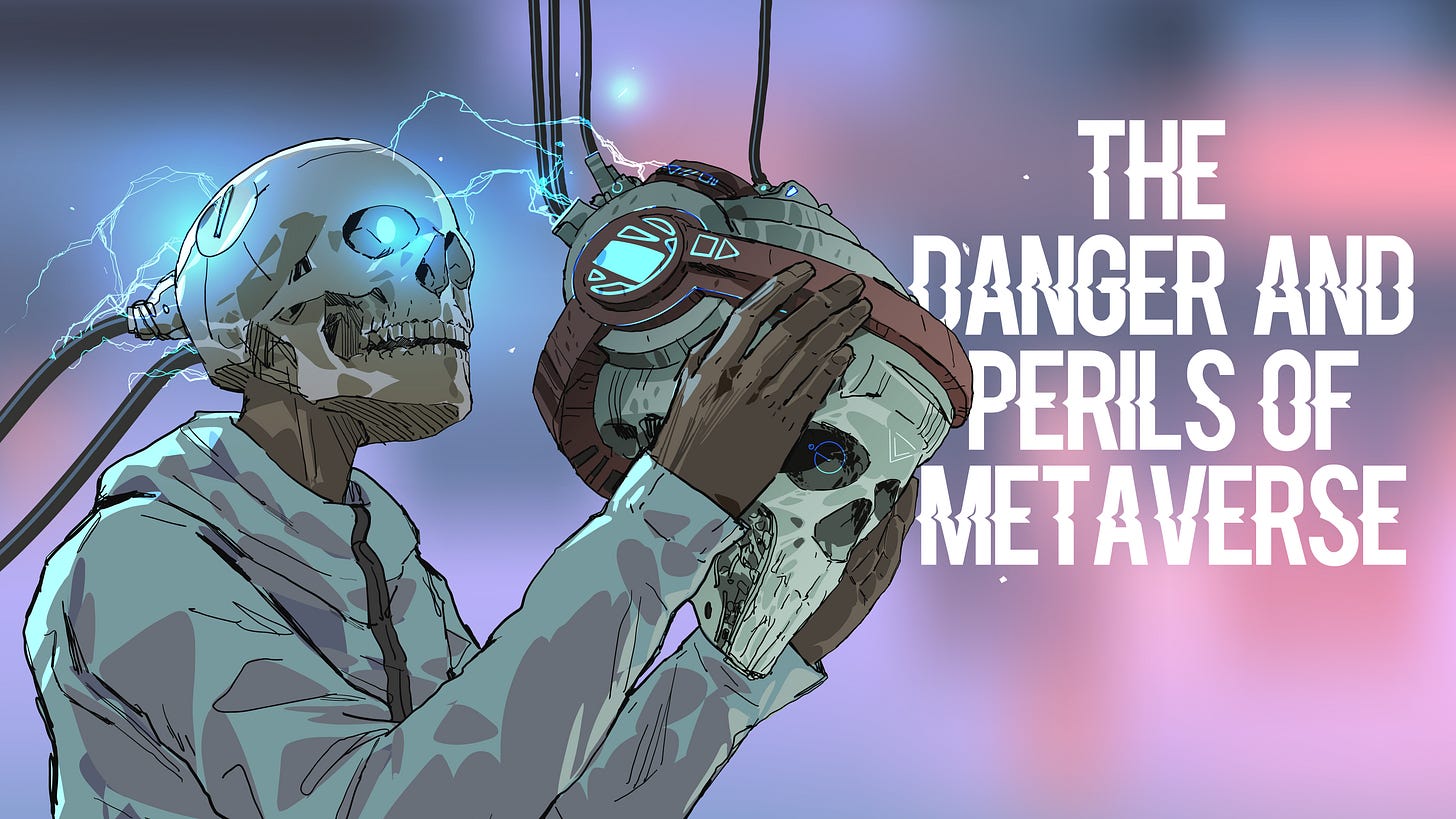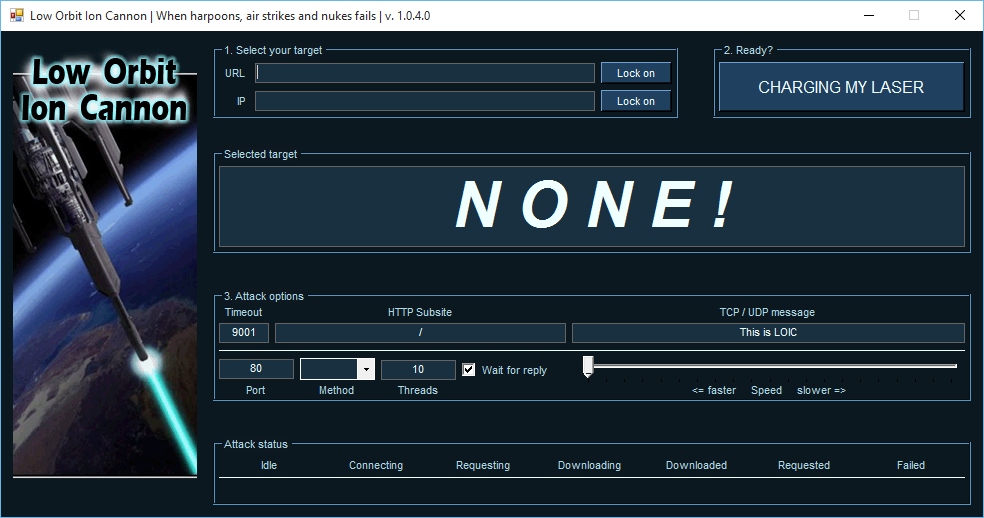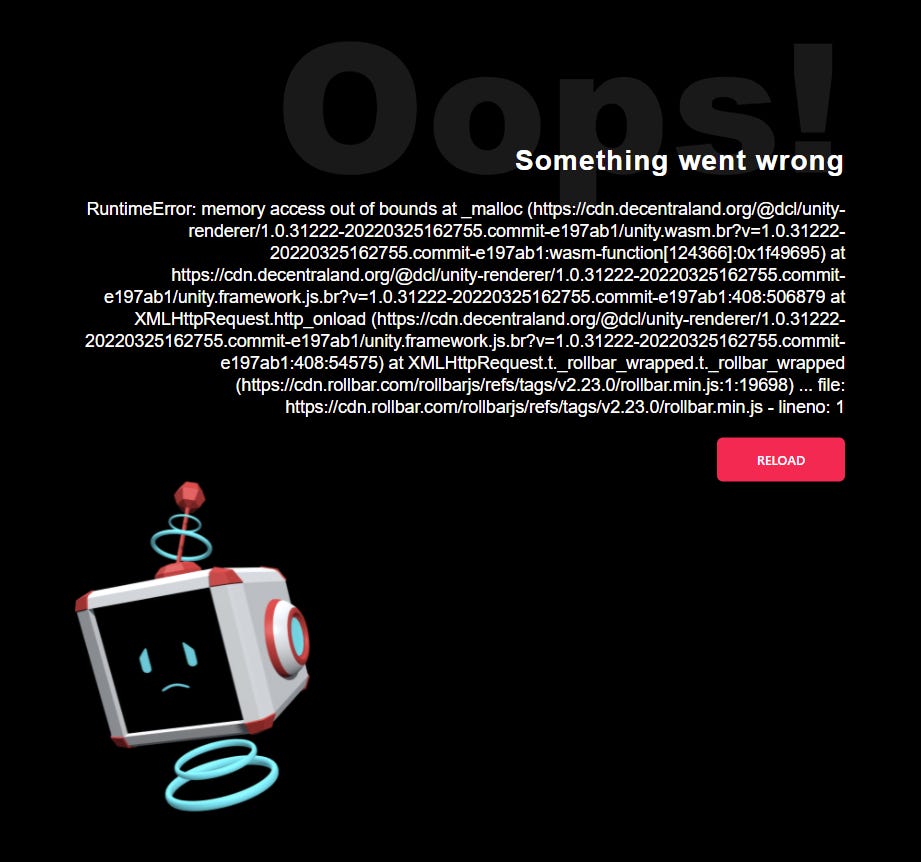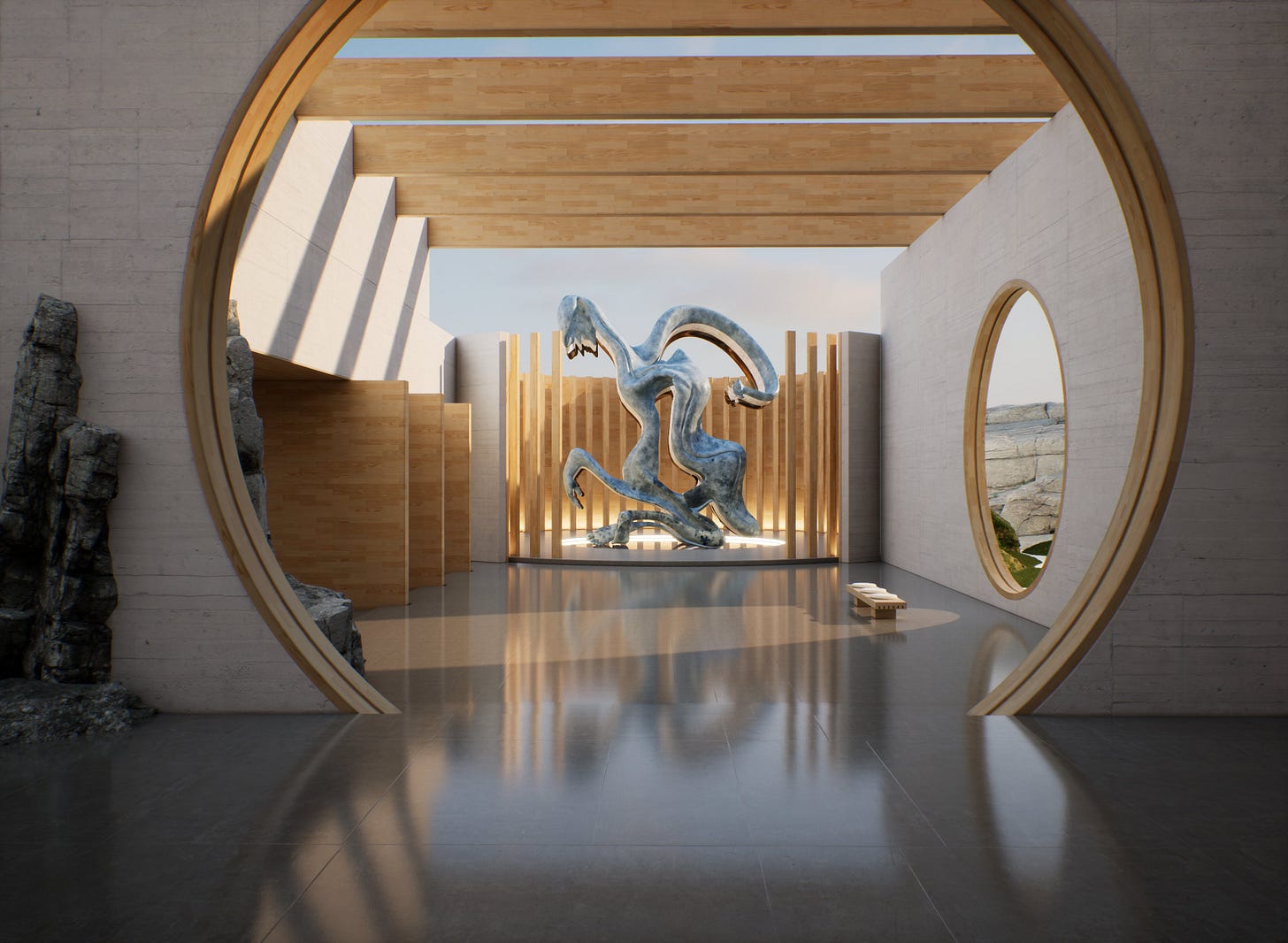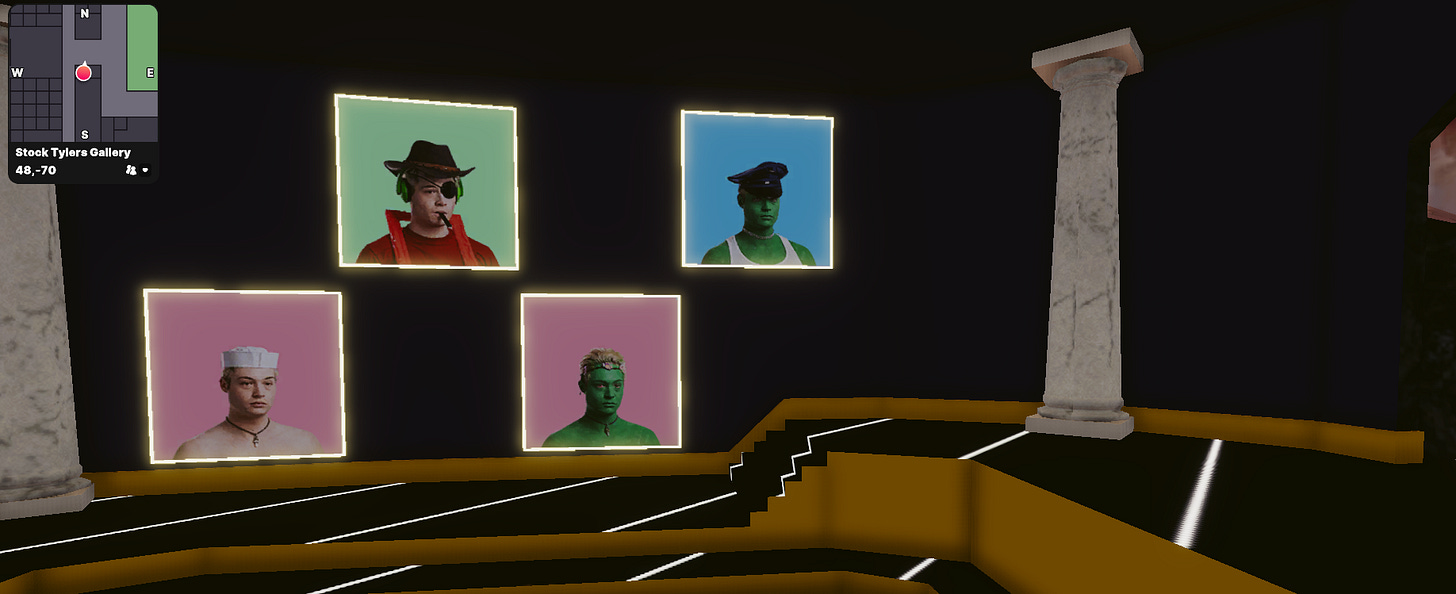The Danger and Perils of Metaverse
Disclaimer: I have never built a Metaverse nor involve in one before. This post is based on my experience with games, security, crypto, and technology.
First, this post is not meant to be a FUD post. Instead, this post expresses some of my thoughts and concerns about this space. I have been a builder in the crypto space and respect all good and well-intended developers. Also, NFA!
Metaverse?
My first knowledge of Metaverse dated back to the late 2000s, when virtual reality experimentation was done mainly by universities worldwide. Oculus was a few years from being born and a decade from being acquired by Facebook, now aka Meta. Forward to today, and we have Oculus Quest. However, we have not yet seen mainstream adoption, unlike other devices such as Xbox, Playstation and switch. So we are not there yet.
On Metaverse, the first thing that come into mind might be the movie “Ready Player One”. It has given a lot of hopium to people about the future of virtual world, which now people recongize it as Metaverse.
(If you have not watched it yet, I highly recommend you to watch it)
The big question is, are we there yet? In Ready Play One, it takes place in 2045. However, based on our rate of innovation, I am optimistic that we will get there way before 2045. However, there will not be a smooth road. Like any products we humans have created, many Metaverse may fail.
What are the dangers and perils?
Insecurity
Metaverse vulnerability
DDoS
Non-malicious DDoS
Malicious DDoS
Backend/Database compromise
Smart contract compromise
Privacy
Phishing
Piracy
Vulnerable hardware, e.g., AR/VR devices
Overpromise, underdeliver
Expectation vs. Reality
Demo vs. Production
Development obstacles
Infrastructure scaling
Supported clients
Hardware requirements
Limited contents or incomplete features
Poor integrations
Walled garden
The administrators are the overlords
Lack of SDKs
Getting priced out
Focus on enterprise, ignoring the retail market
Bad or no tokenomics
1. Insecurity
Metaverse will get hacked. No amount of hard work can 100% prevent it.
Metaverses are software and they are built by humans. There can be blind spots as a result of inexperienced developers or carelessness.
Do note that the security of a metaverse is as strong as the weakest link. Securing a Metaverse is multi-faceted and non-trivial.
1.1 Metaverse vulnerability
When comparing DApp with Metaverse, the attack surface of a metaverse is way more extensive, in cases, a magnitude larger.
For a properly designed DApp, you can treat the smart contract as the trusted computing base (TCB). As long as the contract is (assumed) to be safe, it is all good. Yes, there can be UI hacks, etc., but fundamentally the security of the DApp lies with the contract itself.
However, Metaverse does not have the luxury of it. The attack surface is huge, way larger than a DApp. Vulnerability can be present anywhere eg. software client, backend server(s), database(s), smart contracts and many more.
To illustrate this, consider this “what if Parzival in Ready Player One is a malicious attacker?” Parzival discovers a critical vulnerability in Oasis, that give him unlimited admin power. First, he can go purchase all the legendary equipment at zero cost, drain all the funds and equpments of other players, zero-ing any player he dislike, cheating his way out to all the 3 keys and become the brutal dictator of OASIS. It sounds bizarre but it is possible in any Metaverse. We have seen these happening in game hack before in the past.
1.2 DDoS
Metaverse definitely cannot pull everything from IPFS. It will be way too slow. Information will have to be stored in a cloud database. Servers have to serve out information to clients. The backend server will need to interact with the client continuously. As you can see, this is going to be a centralized infrastructure. This can open up lots of issues.
1.2.1 Non-malicious DDoS
This is usually the case when the metaverse infrastructure team fails to scale the centralized infrastructure. They will need to cater to 1) sudden surge and 2) organic usage of the platform.
For sudden surge, we have seen this a lot in Opensea when the platform temporarily goes down. Bear in mind that Opensea infrastructure is way simpler than a Metaverse. There is more or less an SOP to scale the webserver. However, to scale a Metaverse, there is no handbook at present. You will be relying on the current DevSecOps best practices.
This is not new. In the past, when an MMORPG became popular, lots of users crowded within the same place, it became extremely lagging and impossible to play. So some games back then retort to some workaround scaling solution such as adding “channels”.
1.2.2 Malicious DDoS
This is clear-cut. Malicious actors try to disrupt your service due to various motives. It can be pure hatred for your company, a philosophical difference (e.g., Anonymous DDoS using Low Orbit Ion Cannon), or a geopolitical situation (e.g., Wars). The idea is to push network traffic to your servers until it gets overloaded and fails to serve any legitimate request.
The attack may be used for economic benefits other than the few categories I mention. One example is to conduct DDoS so that the attacker gains an advantage to perform specific actions, e.g., Buying limited-edition virtual items or gaining an advantage in a live auction.
1.3 Backend/Database compromise
A good metaverse should have the following.
Read operation: Backend retrieve from the database and display it on UI
Write operation: Interact directly with the smart contract via RPC
It is a big red flag if the critical write operation is centralized in the database. It will be super centralized and the infrastructure administrators can do anything they want and mess with the Metaverse.
As for reading operation, it is crucial to the data integrity of the database. If the integrity is compromised, it can lead to severe consequences.
A simple attack is to replace assets of Metaverse with other assets, thereby defacing the Metaverse. Some of the motivations of defacing a Metaverse can be
Pranks
Protesting against the Metaverse
Spreading idealogy
Spreading phishing content or scam
Posting illegal contents
Ransomeware (Pay ransom to remove defacement)
There can be other drastic attacks. For example, an economic attack. Some examples include
Changing the address of smart contract, thereby leading to users interact with malicious contracts
Stealing metaverse assets (if it is custodial)
Changing the selling price of assets (if it is custodial)
1.4 Smart contract compromise
Metaverse is very likely to integrate with existing and new smart contracts. For example, there can be NFT marketplace, AMM, lending and borrowing market, etc. However, smart contracts come with smart contract risks. If the smart contract gets compromised, the Metaverse will take a hit. The impact depends on the severity of the smart contract.
1.5 Privacy
Privacy in social media is already a nightmare for Facebook. There is so much personal information being stored by social media. User interactions are also recorded, stored, and analyzed to serve targeted information to you. Metaverse will not solve this issue. On the contrary, it will increase the complexity of the problem. The dimension of the issue will be expanded. From just tracking your browsing behavior, posts and chats in a Metaverse, the amount of data collected can increase by a few magnitudes. Beyond personal data, data collected are interactions with Metaverse, e.g., purchases, where you have been, interactions with DApp, other users and NPC, video and audio conversation, etc. Just imagine that in a Metaverse, there are CCTVs everywhere. They record every movement and audio and use big data and AI to analyze you in-depth. Privacy will become a nightmare for everyone.
1.6 Phishing
Phishing is getting more sophisticated. We have increasingly seen state sponsors attacks using more and more advance APT, leveling up their deception game. With Metaverse, expect a new form of social engineering attacks! We might even see the resurgence of drive-by attacks, which was previously very common with PDF readers and web browsers. Maybe we should start sandboxing Metaverse.
1.7 Piracy
Since the beginning of NFT, people have been questioning the value of NFT when others can right-click and save the NFT. What is the value of buying the original? Over time, we have seen such narrative fading with the good quality NFT going to the moon. When you flex your NFT, one can go to Opensea and check the “verified” aka blue tick button.
Metaverse is still nascent. There is not such a mechanism yet. Is it going to tag every asset with a blue tick or not? It will be ugly to do so. If not, how do you verify the authenticity, e.g., Sports cars in the Metaverse. Can you restrict the functionality of fake products? E.g., Fake Lambo cannot be driven. Can you display “verified aura”?
1.8 Vulnerable hardware e.g., AR/VR devices
A few years ago, IoT vulnerabilities were significant issues. We have seen webcams getting hacked, intelligent door locks getting broken in, networking devices becoming part of a botnet.
With more and more hardware devices from different vendors, some of these devices may be shipped with bugs and are hard to update. This open up a brand new world for the attackers. As such devices become more advance, it will have more ability to capture more grandular telementry data. Such data can be ended up in the wrong hands. Also, consider the extreme case of a targeted attack, where the hardware is being tampered via a supply chain attack. This give the attackers the ability to spy on you and such attack will be very hard to detect. So now do we need hardware attestation moving forward?
2. Overpromise, underdeliver
Nvidia Omniverse is a fantastic suite of tools to create an ultra-realistic experience. You can check out the video below for those who don’t know about it.
There are currently some Metaverses showing a very impressive preview of their Metaverse, very likely leveraging on Omniverse. For example, one of the projects building DFinity, 1c1101, recently showcased the following:

It looks pretty impressive. However, this is still a demo, likewise for many other stunning Metaverses. Most are in the demo phase, and there is no testnet for people to try it. An incredible demo does not imply a wonderful experience when in production. The team has not proven themselves yet.
Let’s examine what could be the possible area of concern.
2.1 Expectation vs. Reality
This cannot be best illustrated using Pixelmon. Pixelmon’s vision is to create a fun, open and immersive world with a play-and-earn experience. Here is the game demo.
And their NFT got sold for 2.4 ETH each, netting the project team US$70m. And here is the NFT.
It is crazy shocking. No words can describe how bad and ugly their NFT is. This can happen to any future crypto game or Metaverse.
Rendering a preview with crazy graphics is easy. But what matters, in the end, is not the preview but the experience. Beware of upselling! Everyone is racing to produce the craziest, sexiest, most amazing visual to shill you on social media. However, it is unclear which project will deliver the expected and which will deliver crap and result in a significant backlash.
2.2 Demo vs. Production
When doing a demo, you only need to get 1 part right and present it. However, you won’t have such luxury when it goes live in production. You are expected to get everything right. Too many users and it lagged? Your fault. NPC glitching out. Your fault. Unable to buy something or log in. Your fault. You get the idea. Demo and production are different gameplay. If you set the demo expectation too high, you are expected to deliver even higher expectations.
One of the hardest things to do is scaling from demo to production. I have experienced this personally when building an L1 blockchain from scratch. Each step is more challenging, from demo to testnet to mainnet to continuous maintenance.
2.2.1 Development obstacles
At the start, 1 or 2 developers are enough to do a demo that can showcase your vision. From there, you can get buy-in, the built-up expectations of your product, etc. At this stage, it can be hacky. Just hack whatever you can to do a good demo. A good team will also use this phrase to prove that the idea can work. However, be wary of hacking too much. You may end up with too many technical debts down the road.
You need to have a more organized team to move beyond this phase. First, you will need a bigger team.
More developers with different strengths. Frontend, backend, game designers
DevSecOps team
Artists, e.g., 3D artists
Afterwhich, you will need to setup up a proper development process, toolings, etc. From hereon, it is going to take months scaling and moving toward the testnet and eventually production (of which is a more remarkable feat)
As you can see, the team needed for a demo, testnet, and production is vastly different. You will need to continuously find the technical weakness in the team and patch it up. Staffing cannot be plugged into the team immediately. They need a ramp-up period that can be easily a few months. It is tempting to plug in a new developer to the team in a mad rush, but this is not a good idea. You will be adding overhead to the existing team, slowing down the progress and adding more pressure. Also, a sudden injection of too many new developers into the team may not be a good idea. It will be too high an overhead for existing team members as there is a lot of training. Team dynamics will also be affected.
As you can see, scaling development from one phase to the other is not easy and should not be underestimated. When evaluating a Metaverse, check out how capable their existing team is and how they plan to scale the team systematically. A reckless scaling team without any goal in mind will be a red flag.
2.2.2 Infrastructure scaling
Infrastructure requirements are vastly different from Demo to the production environment. During the demo phase, you don’t need to worry about anything except getting things working. In production, you will have much more worries.
You can often run and render it on your local machine in the demo phase. But as you scale up, you will need to work and code as a team. You will need to have a standardized deployment method. Proper DevSecOps is required. On top of that, if you are expecting heavy loads, you will need reliability engineers. This will be different gameplay. The ability to scale infrastructure properly will be very vital.
2.2.3 Supported clients
In the demo phase, all you need is a machine that can render the demo play into a video file. After that, the video can be uploaded to social media or played on almost any platform.
In the production phase, it is different. Metaverses are touting numerous features from AR, VR to XR. This means that the metaverses must be able to support multiple platforms such as different browsers, PC, Mac, iOS, Android, VR headsets and even various consoles. Making a Metaverse compatible with so many platforms will be a big challenge. Making this challenge even harder is to ensure the same visual and audio with a bug-free experience.
2.2.4 Hardware requirements
As mentioned in “Supported clients,” one main challenge of a production environment is supporting the same visual and audio experience. Unfortunately, each of them has vastly different specifications and hardware architecture.
Good visuals may not run well on
Lower specification PC/Mac
Mobile phones
Web browsers
As a result, one may need to reduce the quality of graphics for it to run smoothly. This means that not everyone can enjoy the “crazy visual“. High specifications can afford this, but other devices may have a laggy experience.
Recently, I tried out Decentraland on a web browser. Unfortunately, my browser likely ran out of memory (or maybe just memory access issue) after some time and ended up with the following “Oops!”.
I will also like to end this section with an old example. The GTA V was not well optimized and consumed lots of hardware resources in this case.
What was the solution given by lots of youtube? Close all programs, set GTA V to highest priority, lowering graphic settings, etc. To add to the problem, some online troll might even ask you to download more ram at https://downloadmoreram.com/. No such things, by the way. It is a troll.
Is that a solution? Not really.
Now visualize the same situation happening to Metaverse. The top-end machine runs silky smooth, but other devices lag and glitch like crazy. It is some firefighting in the real world that Metaverse developers wouldn’t want to fight.
To avoid all these issues, scope your Metaverse to the specific hardware you want to support and optimize it. Then gradually scale it. Identify your high-priority audience and serve them well, then tackle the next group. Don’t oversell and overpromise your Metaverse graphic when in the demo phase. It is good to market your product, but it is terrible to overpromise and under-deliver. Don’t leave problems to the future. That’s is called debt.
2.3 Limited content or Incomplete feature
One of the main hype about Metaverse is the amazing stunning visual effects that attracted everyone. However, it is critical to look beyond it and explore what you can do in the Metaverse and when you can do that.
Many upcoming Metaverse I have seen so far are just flex-ing graphics on social media. That’s good to attract you into the Metaverse for maybe 15 mins.
I tried up SushiSwap’s Shoyu Metaverse sometime back. Frankly speaking, it was a bad experience. This is an example of what I mentioned, stunning graphics but limited content or incomplete feature.
On first look, it indeed has some stunning graphics. However, upon entering the Metaverse, you will realize there is practically nothing you can do beyond viewing just a few, yes a few, artwork. That’s it. You can’t teleport around and have to run to each artwork slowly. Also, the experience comes with frequent lagging, and I got motion sickness after a while.
Really? Is that the future we are looking at?
When writing this post, I tried to reaccess the Metaverse. However, I can no longer find it. It is now error 404. https://www.shoyunft.com/metaverse
So when you are shilled with a new stunning Metaverse, question the following:
What can you do in the Metaverse?
Is this the future you are looking forward to?
When can you expect the features?
Does the team have a crystal clear vision of the Metaverse?
How are you going to interact with it?
If there is the buzz word like P2E, F2E, DeFi, GameFi, staking, NFT? Question how it is implemented or why it matters? Why is it better than today?
2.4 Poor integrations
Integrations are essential to Metaverse. They can enrich the entire ecosystem. Think of it as browsers extensions or apps on the mobile phone. A metaverse with no integration with the ecosystem is like a void and empty world. It will thrive on composability for DApp. Native integration will be even better.
Recently, I tried Decentraland. There is some form of integration where you can see the NFT on sales.
However, you will need to access the site and not through the Metaverse to buy it.
In my opinion, this is acceptable for now. However, it should be improved in the future.
One better example is the DeFi Kingdom. DeFi Kingdom is an AMM that is turned into a “game”. Within the game, you can do swaps, LP, staking. On top of that, you can complete quests to level up your hero.
I hope it will evolve to like some old-school classic games like Runescape!
3. Walled garden
3.1 The administrators are the overlords
Administrators should not have too much power in the Metaverse. For example, for an NFT content to be listed on the Metaverse, it should not go through the admin to add it. Users should have the freedom to import anything they want. This will cause frustration for the user, lots of overhead for the administrator and inefficiency for the Metaverse.
There are still good use cases for administrators though. They can be used to police the Metaverse, such as to delete universally accepted undesirable contents. It should not be used for censorship or anti-competition.
3.1 Lack of SDKs
Many of the games in the past have some form of SDK for them to create custom content, be it a custom game, maps, characters, etc. SDKs are vital for an open Metaverse, else, there is no good way to build or develop on it.
3.2 Getting priced out
Day-to-day things in the Metaverse should be affordable. There is a tendency to sell as much land as possible at a high price. Com’on, creating land/Dome in Metaverse is not expensive and almost free to the developers. Don’t go and charge a premium and treat it like a cash cow. Let users easily assess it. It can be a lower-tier or has some limitations, but don’t price out the regular users. The amount of creative content they can generate in the Metaverse will be your ROI.
3.3 Focus on enterprise, ignoring the retail market
Metaverse is an excellent way to onboard large enterprises. They are now fomo-ing into it without a good clue how to properly develop it.
It is a big deal to onboard big enterprises. However, one should not forget about the retail market. The regular uses. If every major assets is reserve exclusively (eg. land or dome sale) to large enterprise, retail won’t be happy.
4. Bad or no tokenomics
It is well known that good tokenomics can go a long way. With NFT, tokenomics design has become even more challenging. When we are not yet done with NFT, we now have to design tokenomics. Some Metaverses are using land/city/dome sales to attract people. However, we have seen that in many GaemFi, the land is expensive and useless. There needs to be a better tokenomics design that can attract people like the good ole days of MMOPRG. No tokenomics or half-baked tokenomics are red flags and likely a cash grab.
Summing it up
We are at the nascent stage of Metaverses. There is a long way to go. Hopefully, this post will help builders build a better Metaverse for a better future.
Credit to Madhav for the awesome banner

